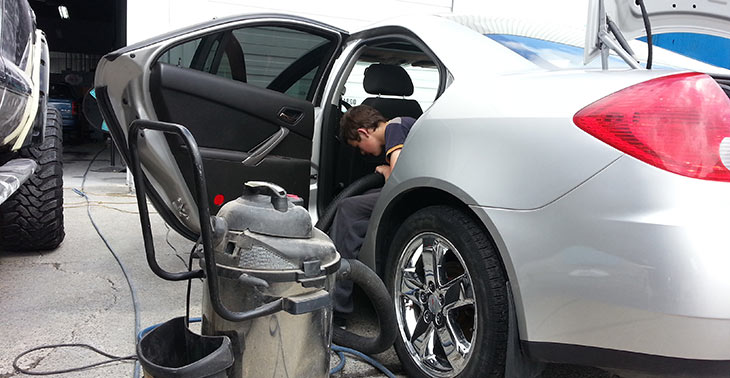When it comes to taking care of the exterior of your vehicle, one of the most important things to tend to is the paint. Like the skin of the human body, the paint of a car’s body has a massive surface area that forms a protective layer to keep the body from rusting, scratching, and getting damaged easily. On top of the paint, you can apply another protective layer in the form of car wax or paint sealant, which helps avoid surface damage to your paint. Here, we will discuss the advantages and disadvantages of both car wax and paint sealant.
Advantages and disadvantages of carnauba wax
The traditional means of protecting car paint is with the use of carnauba wax. Unfortunately, there have been many complaints about carnauba wax over the years, including the fact that it takes a long time to cure and it can be quite difficult to apply. Haziness, streaking, and deterioration due to humidity or heat are just some of the problems linked to carnauba wax, not to mention that wax typically only last about eight weeks. On the up-side, carnauba wax is very effective at enriching paint jobs, giving it a deep, warm, and rich glow and shine. If you want show-class style and shine, then carnauba is the choice for you.
Advantages and disadvantages of paint sealant
While carnauba wax comes from natural sources, paint sealants are chemical compositions of polymers. In comparison to carnauba wax, sealants last longer, are easier to apply, and typically provide better protection for your vehicle. While some people may enjoy the glassy look for paint sealants, other people may prefer the richer, deeper shine of carnauba wax. In the end, it’s all up to you and your personal preference, but what matters most is that you do protect your vehicle with a good car wax or paint sealant.

Be the first to comment on "Shootout: Carnauba Car Wax vs Paint Sealants"